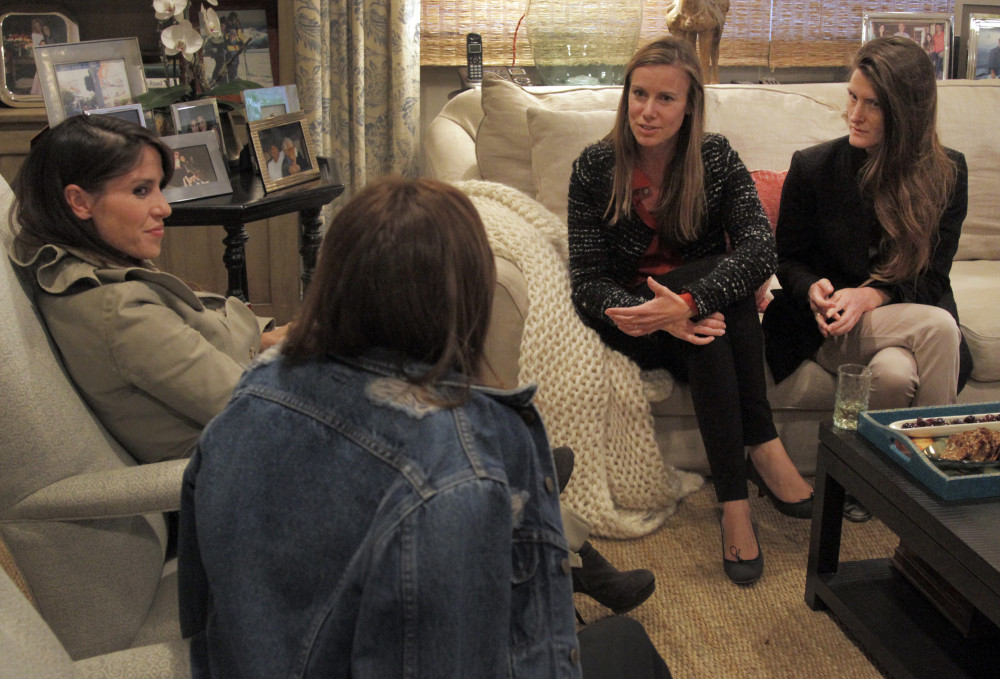By Therese Huston
Los Angeles Times
WWR Article Summary (tl;dr) Why do male startups receive more funding than female run startups? In this article out of the LA Times, Therese Huston suggests there is something more complicated than garden-variety sexism at work. Huston suggests that investors are quicker to fund men’s ideas because they believe that men are better risk-takers. But is that true?
Los Angeles Times
Startups led by women generate higher returns. Research shows this again and again. Investment firm First Round Capital looked at 300 companies it seeded from 2005 to 2015, and found that those with a woman among the founders performed 63 percent better than ones founded just by men. The Kauffman Foundation reported that female tech entrepreneurs generated, on average, a 35 percent higher return on investment than their male counterparts.
And yet investors hand men, not women, the money. A lot more money.
Researchers at Babson College found that over a two-year period, companies with a female chief executive received $1.5 billion in venture capital, while companies led by men received $49.3 billion. That means for every $1 invested in companies led by women, approximately $33 went to companies led by men.
What’s going on here? It’s not that there are 33 times more male entrepreneurs. Women own 31 percent of all privately held firms in the United States. Nor can we shrug and say men simply have a lock on superior business ideas. According to a 2014 research study led by Alison Wood Brooks, a professor at Harvard Business School, when men and women pitched the same idea, investors were 60 percent more likely to invest when a man proposed it.
Something more complicated than garden-variety sexism is at work. I propose that investors are quicker to fund men’s ideas because they believe specifically that men are better risk-takers.
Launching an innovative new business or service requires taking risks, stepping out on the right limb at the right time. To secure backing, entrepreneurs have to prove that they’ve taken successful risks in the past and that they have a healthy appetite for doing so in the future. And so it rationally follows that one should invest in men and their ideas, because we all know men take more risks.
Except that’s not really true. A growing body of evidence suggests that men don’t take more risks, at least not smarter risks, than women. And most of us overestimate men’s appetite for risk and underestimate women’s.
We do find men taking more recreational risks, such as skydiving or driving over the speed limit. When evaluating risk in a business setting, however, gender differences typically disappear. Researchers find that female managers, for instance, take the same number of risks as male managers when proposing projects.
Surely, though, investors with a complete resume in front of them wouldn’t fall prey to such caveman stereotypes, right? If a woman spearheaded a speculative but successful project at Disney or Apple, for example, then venture capitalists could see clearly that she had turned risks into opportunities. True in theory, but in practice that idea breaks down. In 2012, a team in Minnesota led by economist Philip Grossman found that even when handed explicit information about a candidate’s risk-taking history, people let their gender stereotypes be their guide.
Grossman asked students in an introduction to economics course to rate the risk tolerance of a stranger. He found that initially, raters paid attention to the person’s risk-taking history and based their estimates on the data in front of them. Once raters learned the gender of the person they were assessing, however, they changed their estimates. They raised the risk-taking profiles of men, and lowered women’s.
Naive undergraduates aren’t the only ones who underestimate women’s appetite for risk. Researchers have looked at how professional financial advisors, the people who tell you how to invest your nest egg or retirement funds, rate their own real-life clients’ tolerance for risky investments. The advisors, all of whom had a master’s degree in finance, were no more accurate than the Econ 101 students, underestimating how much risk their female clients were seeking, on average, by 7 percent to 10 percent.
In practical terms, such bias means that financial advisors probably steer female clients toward safer, lower-return investments than these women would choose themselves.
This isn’t a slam on financial advisors or venture capitalists, but a testament to how gender stereotypes still cloud everyone’s vision. We believe men are bolder and braver, and colorful idioms like, “man up” or “grow a pair” emphasize that our culture expects men, not women, to be the intrepid risk-takers we can count on.
Investors can counter this unconscious bias and decide to fund tech companies launched by women because it fits their values, or because it fits their portfolio. But the smart investors will fund them.
___
ABOUT THE WRITER
Therese Huston is a cognitive scientist at Seattle University and was the founding director of the university’s Center for Faculty Development. Her latest book is “How Women Decide: What’s True, What’s Not, and What Strategies Spark the Best Choices.” She wrote this for the Los Angeles Times.














































































































































































































































































































































































